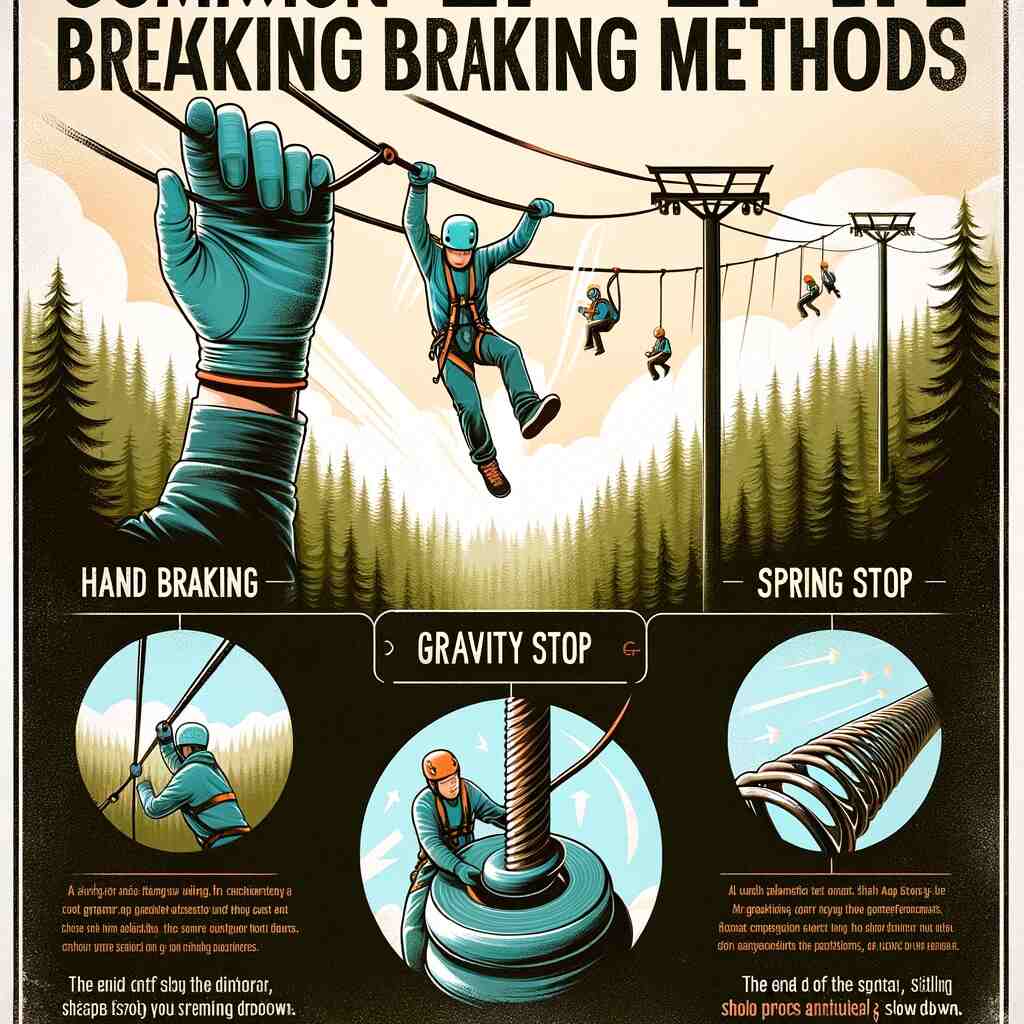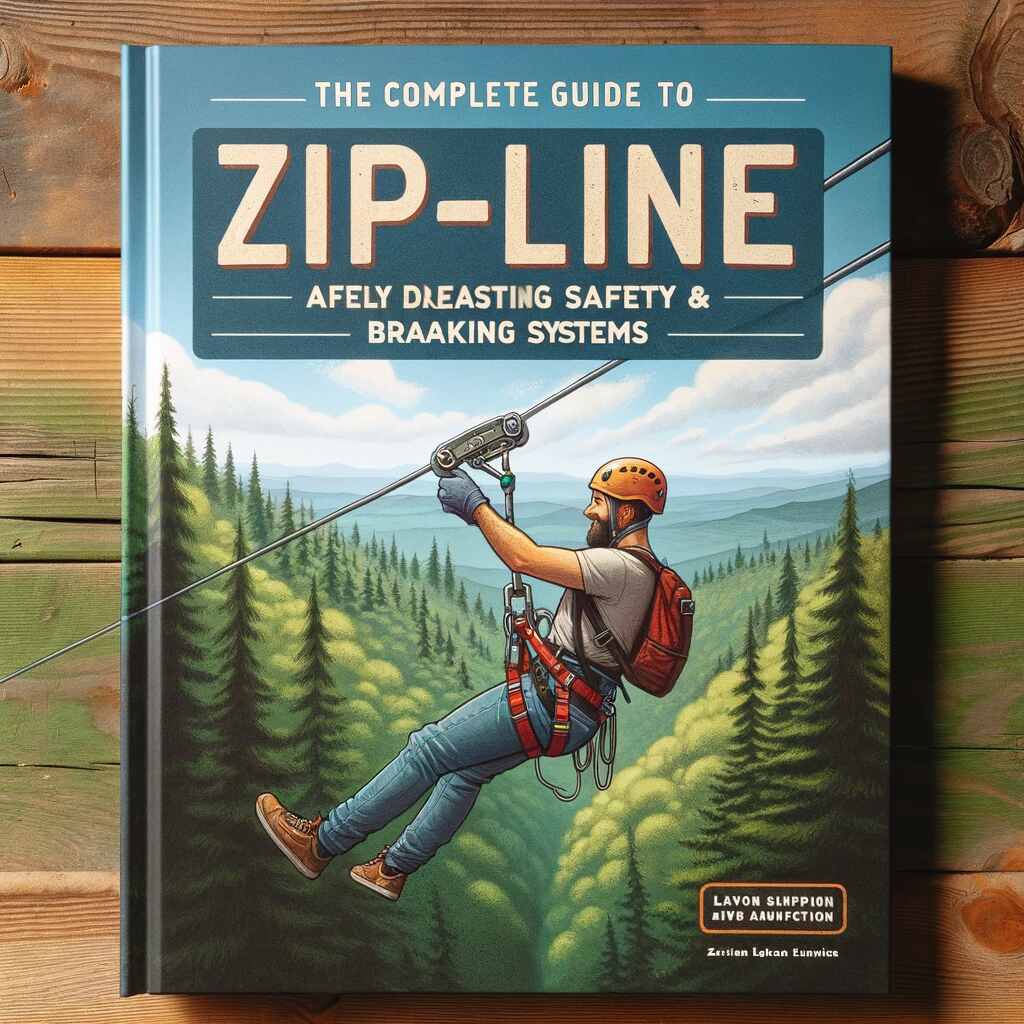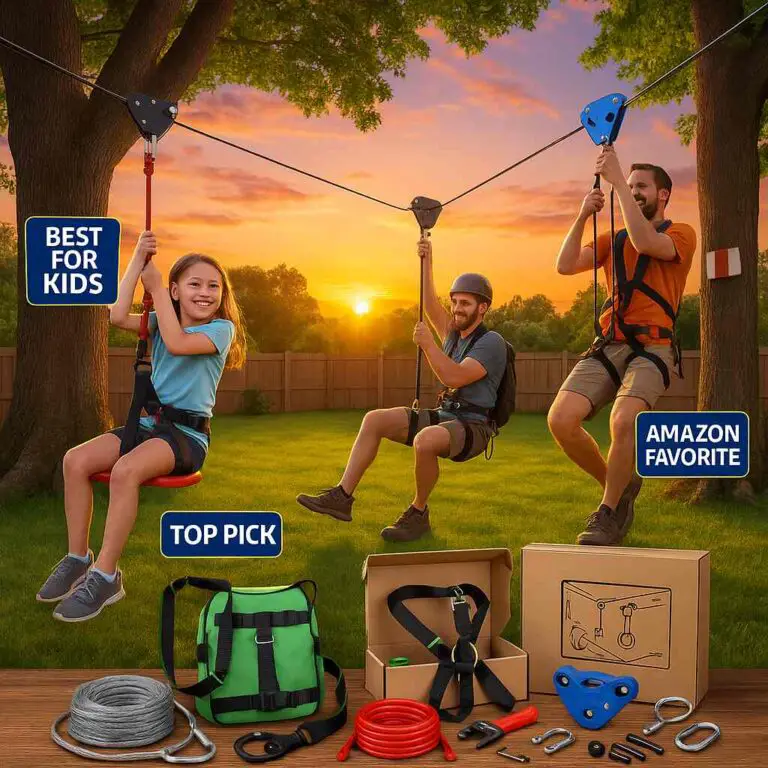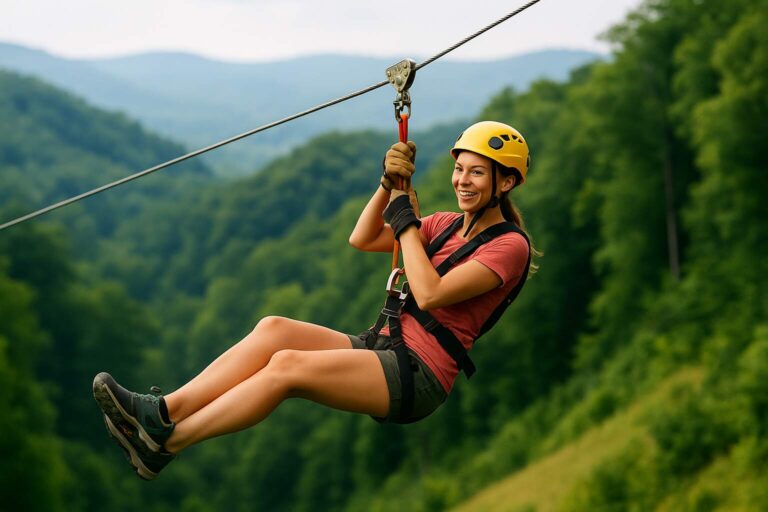Ziplining is an exhilarating adventure that allows people to soar through the treetops and experience the thrill of flight. However, as with any adventure activity, safety should always be a top priority. One crucial aspect of zipline safety is the braking system. In this comprehensive guide, we will delve into the world of zipline braking systems, exploring both passive and active methods to ensure a safe and enjoyable ziplining experience.
Understanding the Importance of Zipline Braking
Zip lines come in various shapes and sizes, but one thing they all have in common is the need for a reliable braking system. The purpose of a zipline braking system is to slow down and ultimately stop the rider safely at the end of the ride. Without a proper braking mechanism, riders could face serious risks and accidents.

Common Zip Line Braking Methods
Before we dive into the details of various zipline braking systems, let’s differentiate between passive and active braking methods.
-
Active Braking
Active braking systems require the rider’s active participation to slow down and stop themselves. An example of an active braking method is using a leather glove to create friction against the zipline cable. While this method can be effective in the hands of experienced riders, it is generally considered riskier, especially for beginners and children.
-
Passive Braking
Passive braking systems do not rely on the rider’s actions but instead employ mechanical means to slow down and stop the rider safely. Passive braking is the preferred choice for family-friendly ziplines, as it reduces the margin for user error and provides a safer experience.
Now, let’s explore some common passive zipline braking systems:
Bungee Brakes
One of the most widely used passive braking systems is the Brake Block Kit. This system consists of a block that encases the zipline cable at the ride’s end and a bungee cord, usually 15 feet or longer, connected to the block. The bungee cord is then anchored to a nearby tree or post.
Here’s how it works: When the rider’s trolley makes contact with the white stopping block at the deceleration point, it engages the bungee cord. The bungee cord stretches, absorbing all the momentum generated by the rider. Afterward, the bungee cord retracts, bringing the rider safely back to the low point of the cable for dismounting. This system is popular for backyard ziplines due to its simplicity, hassle-free setup, and smoother ride experience.
Spring Brakes
Another effective passive braking system is the ZLP Spring Stop Brake. This system functions similarly to bungee brakes but eliminates the need for an anchored bungee cord at the end of the ride. Instead, it absorbs the shock directly from the trolley and utilizes the rider’s momentum to push the trolley back toward the low point of the cable, where dismounting is safe.
Setting up the Spring Stop Brake involves feeding the cable line through the padded ends of the spring. However, it’s worth noting that this system may require removing the cable line if it’s already set up, which can be a drawback. Additionally, it’s best suited for ziplines with shallower slopes and is commonly used in backyard ziplines due to its efficient use of cable length.
Alternative Braking Systems
In addition to the standard passive braking methods mentioned above, there are alternative systems that some zipline enthusiasts have explored:
-
Gravity Brakes
Gravity brakes involve manipulating the tension of the zipline cable to ensure the rider stops before reaching the end. With this method, the rider’s momentum is gradually stopped by gravity as they approach the lowest point of the ride, well before reaching the ride’s end. It is essential to conduct thorough testing when using gravity brakes to ensure riders come to a safe stop. An effective method of testing is attaching a bucket of water to assess the stopping point accurately.
-
Trolleys with Brakes
Some specialized zipline trolleys come equipped with speed control mechanisms designed to help slow down riders. However, it is not advisable to rely solely on these trolleys for braking, as they should be considered an additional safety feature rather than the primary braking system.
-
Leather Gloves
While not a recommended method for beginners or families, some experienced zipliners choose to actively brake using leather gloves. By applying friction to the zipline cable with their hand strength, they can slow down and stop themselves. However, this method requires a high level of skill and confidence and is generally not suitable for those seeking a safe and family-friendly ziplining experience.
-
Tires or Tennis Balls
Although somewhat unconventional, using tires or tennis balls as makeshift brakes can be effective in certain situations. For example, one customer creatively used tennis balls with holes poked through them, threading them onto the zipline like beads for an indoor gym setup. This method works best for ziplines with very slow travel speeds, ensuring a gentle and controlled stop.
Conclusion
Ziplining offers an incredible adventure for thrill-seekers and nature enthusiasts alike. However, ensuring a safe and enjoyable experience is of utmost importance. One critical aspect of zipline safety is the choice of a reliable braking system. While there are various options available, it’s essential to consider factors such as the type of zipline, rider skill level, and the intended audience when selecting the appropriate braking method.
Taking the necessary precautions and using the right braking system will help ensure that you enjoy your zipline adventure in the way it was intended. Most zipline injuries result from either user error or ineffective braking systems. By choosing the right passive braking system and following safety guidelines, you can soar through the treetops with confidence, knowing that you are well-equipped to make your ziplining experience both thrilling and safe.








